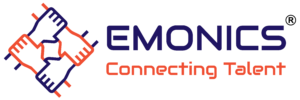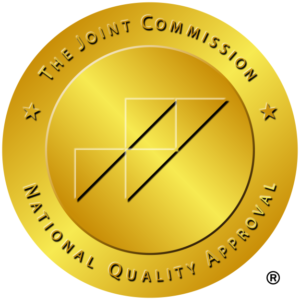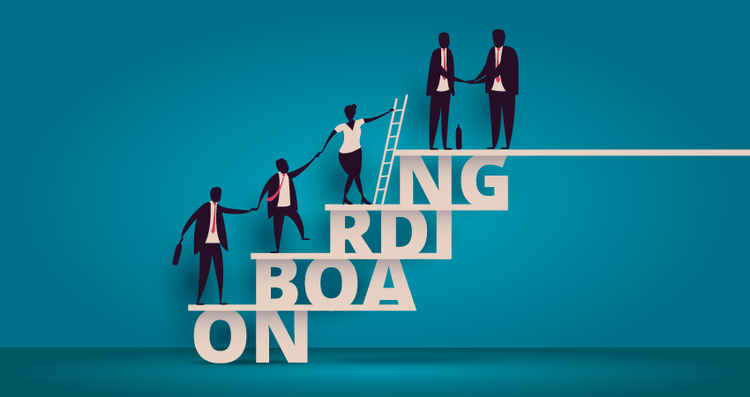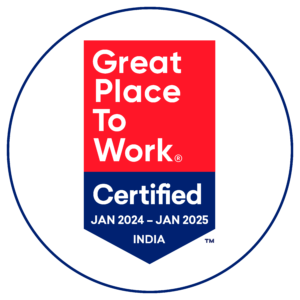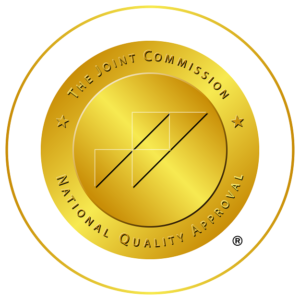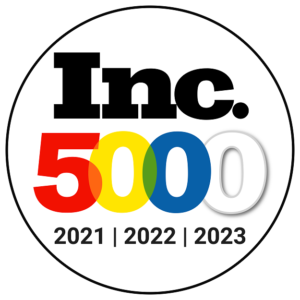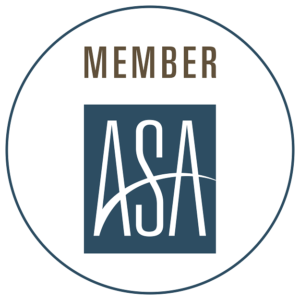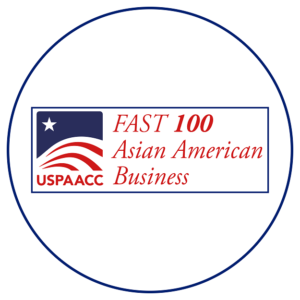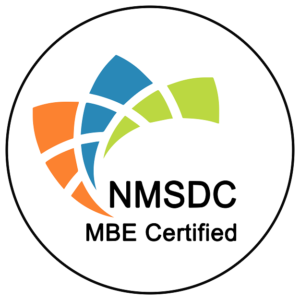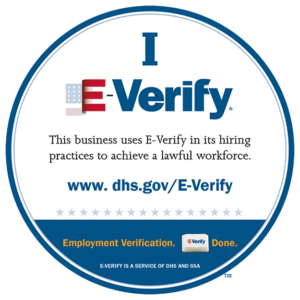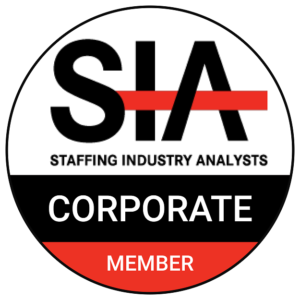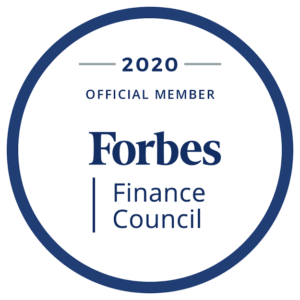Whether or not you’ve ever been through a structured onboarding process, all the questions that come with a new job are probably familiar to you. Day one brings excitement and confusion in equal parts. You walk to the workplace full of questions such as: where am I going? First, what should I focus on? How am I being paid? What’s the name of that person and what are they doing?
All the questions floating around the mind of the new recruit, as well as the various ones they have not considered, are answered by an efficient onboarding program. The method allows them to be assimilated into your workplace, policies, operational processes, and culture. There is also a tailored, role-specific aspect in which they learn how their role fits with the department and wider organization. An Employee Onboarding experience offers every little tidbit of information they need to know to the new hire.
Here are the high-level goals of onboarding new hires:
-
To bring a new hire to the staff, complete all required action items.
-
Provide answers to the prevalent questions that new hires have when they join your company.
-
Brief the new recruitment on how their position supports their team and the wider company.
-
Welcome the new boss and make them feel secure.
Is employee onboarding important?
It’s easy to see why you appreciate answering their questions and making them feel welcome by your new hires. But what benefits do you, the employer, get from Employee Onboarding?
-
Productivity increases – Crossing off everything on the onboarding checklist frees the new hire without any lingering questions or concerns in their minds to get right to work.
-
Boosts collaboration – When people start talking, good ideas arrive. A collaborative work environment is promoted by the promotion of relationships between new hires and their colleagues.
-
Improves the culture – Too often, culture is a collection of abstract corporate principles described in the staff handbook. Onboarding provides everyone who joins your staff with the opportunity to showcase your culture firsthand.
How long the onboarding program take?
Now that you know when onboarding is supposed to begin, let’s talk about when it should end. Some individuals say it stops when the worker leaves the business because they’re still learning and rising. Others take a more realistic point of view, claiming that once all new hire tasks are completed onboard, the worker has settled into a regular routine.
You and the executive leadership team are responsible for the optimal period of onboarding. However, once they’ve been on the job for a couple of months, we usually suggest circling back with a new recruit. At that point, they will have a solid understanding of what their position entails and you will be able to assess their success accurately. To that point, they should sit with their manager and have a candid conversation about their experience.
From offer acceptance onward
We have discussed, so far, why onboarding matters and when it should begin and end. Let’s get into the nitty-gritty now and go through the action items that your onboarding program should involve when they need to be complete and who is accountable for each of them in your organization.
1. After verbal acceptance of the job offer by the applicant
The first stage consists of only preboarding operations since your workers have not yet been officially joined by the new recruit. It ends the job recruitment process and kicks off the relationship between employee and employer.
2. Before the employee’s starting date
All recruiting activities have now ended and other preboarding tasks can be pushed forward. There is still time until the employee’s start date at this stage, but you remain in touch and mark off onboarding action items that are easy-to-complete.
3. Employee’s first day
Finally, it is here, the employee’s first official day with your company. There are a number of onboarding measures to be covered in a single workday, as you can see. You’re already well into the onboarding phase thanks to preboarding, minimizing the risk of action items spilling over into day two or three.
4. Employee’s first month
Onboarding is almost completed at this point. The worker should settle into a daily routine and any fresh job butterflies. The goal now is to make sure that the results you predicted when you hired them are delivered.
5. Employee’s first three months
It is recommended but not necessary to take this final stage of the onboarding process. The honeymoon period is over after a few months, and the new recruit has a practical understanding of the work, making one final check-in meeting perfect.
Conclusion
Although at first glance, this list can appear excessive, most of these action items apply to any company that brings in a new employee. New workers will not have any unanswered doubts when they settle into their job by systematically completing all these operations in a reasonable time frame.
